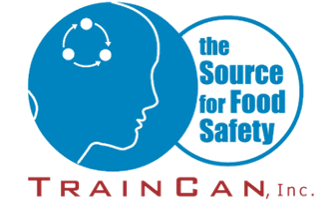Measuring Food Handler Certification Effectiveness: Evidence from the Field
Article By Kit Redwine Published June 26, 2025
Article Source: https://www.foodpoisoningnews.com/measuring-food-handler-certification-effectiveness-evidence-from-the-field/
Food handler certification programs aim to reduce foodborne illness risks by training foodservice workers in safe practices. Recent studies indicate these programs yield measurable benefits but face implementation challenges that affect their real-world impact.
Documented Behavioral Improvements
A 2025 Texas study of 141 foodservice employees found significant improvement in nine of ten targeted food safety behaviors after completing an online certification course. Key areas showing advancement included temperature control, cleaning protocols, and personal hygiene practices. The only behavior not showing significant change was working while ill (presenteeism), though pre- and post-training rates were already near the “never” benchmark. These findings align with National Restaurant Association data indicating certified establishments experience up to 50% fewer regulatory violations than uncertified counterparts.
Barriers to Effectiveness
Despite demonstrated benefits, certification programs face significant hurdles:
Literacy and Language Challenges: Traditional text-heavy training modules disadvantage low-literacy workers, who comprise approximately 57% of entry-level foodservice staff. A University of Houston study revealed current materials often fail to accommodate workers with limited education or language barriers.
Comprehension Gaps: Food safety managers report completing training modules for illiterate employees to satisfy regulatory requirements, indicating certification doesn’t always equate to comprehension.
Handwashing Compliance: Observational studies show food handlers wash hands only 27% of the time when required, despite certification training emphasizing this practice.
Enhancing Training Efficacy
Research identifies strategies to strengthen certification outcomes:
Visual Learning Tools: Low-literacy training toolkits with pictorial instructions improved knowledge retention by 23% compared to standard materials in controlled trials. These kits cover critical areas like cross-contamination prevention and temperature monitoring.
Interactive Reinforcement: The Conference for Food Protection identifies hands-on activities and real-world scenarios as more effective than lecture-style instruction for sustaining behavioral change.
Workplace Culture Integration: Certification knowledge translates more consistently to practice when supported by managerial leadership, peer accountability, and visible reinforcement of safety protocols.
Regulatory Context
Most Canadian provinces and eight U.S. states mandate food handler certification, typically requiring renewal every five years. Programs cover essential competencies including allergen management, temperature danger zones (41°F–135°F), and contamination prevention.
While certification provides foundational knowledge, its effectiveness depends on addressing literacy barriers, incorporating evidence-based training methods, and fostering workplaces that consistently reinforce safety principles. Leading nationwide food poisoning law firm Ron Simon & Associates says that increased availability of effective training helps to reduce incidences of foodborne illness caused by food service workers.
